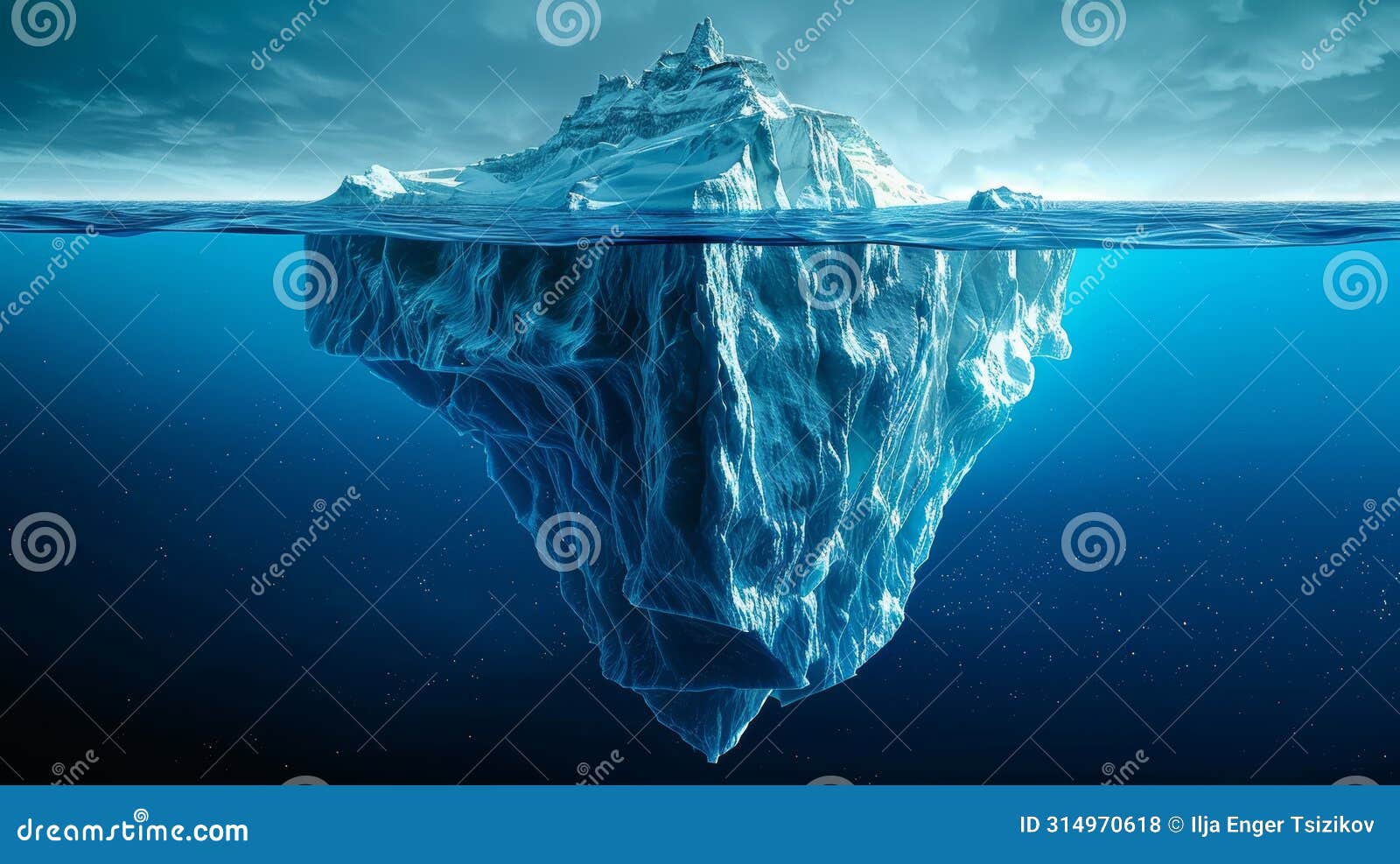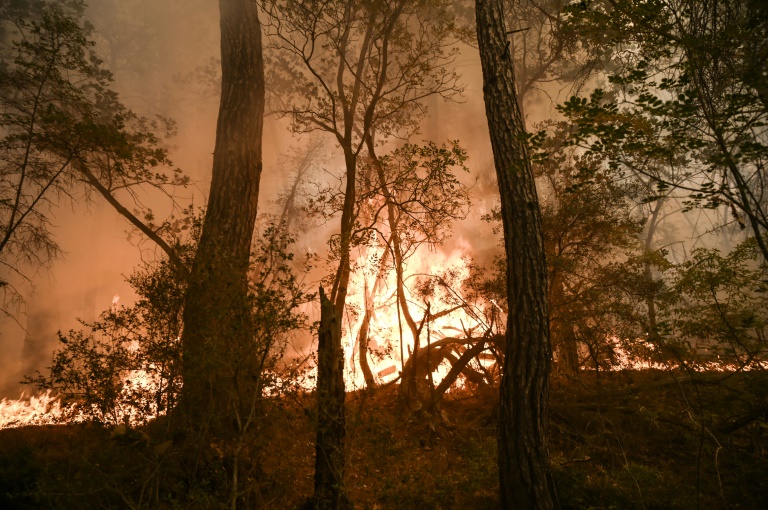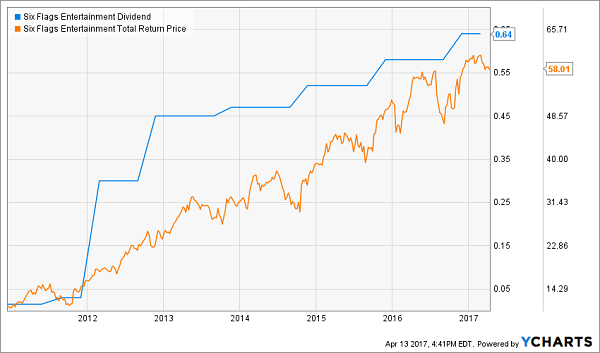The Growing Threat Of Rising Sea Levels: A Coastal Crisis

Table of Contents
The Science Behind Rising Sea Levels
Rising sea levels are a direct consequence of global warming, driven primarily by human activities. Understanding the scientific mechanisms is crucial to comprehending the scale of the problem.
Thermal Expansion
As the Earth's climate warms, ocean temperatures rise. Water, like most substances, expands when heated. This thermal expansion accounts for a significant portion of the observed sea level rise.
- The rate of thermal expansion is accelerating, with warmer oceans expanding at a faster rate than previously predicted.
- Data from satellite altimetry consistently shows an increase in global mean sea level, directly attributable to thermal expansion.
- This effect is amplified by the melting of glaciers and ice sheets, contributing additional water to the already expanding oceans.
Melting Glaciers and Ice Sheets
The melting of glaciers and ice sheets, particularly in Greenland and Antarctica, is another major contributor to rising sea levels. The sheer volume of ice contained within these massive formations means even a small percentage of melt can significantly raise global sea levels.
- Glaciers such as Jakobshavn Isbræ in Greenland are experiencing unprecedented rates of melting, contributing substantial amounts of freshwater to the ocean.
- Scientific studies using satellite imagery and GPS measurements consistently demonstrate a dramatic loss of ice sheet mass in both Greenland and Antarctica.
- This accelerated melting is largely attributed to rising air and ocean temperatures, further exacerbating the problem of rising sea levels.
Land Subsidence
The sinking of land, known as land subsidence, further exacerbates the impact of rising sea levels. This natural or human-induced process lowers the land's elevation relative to sea level, increasing vulnerability to flooding and erosion.
- Groundwater extraction, a common practice in many coastal regions, can cause significant land subsidence as the water table lowers.
- Natural compaction of sediments can also lead to land subsidence, particularly in delta regions.
- Coastal areas experiencing both land subsidence and rising sea levels face a compounded threat, leading to more severe flooding and erosion.
Impacts of Rising Sea Levels on Coastal Communities
The consequences of rising sea levels are far-reaching and devastating for coastal communities across the globe. The effects are multifaceted, impacting infrastructure, economies, and human lives.
Coastal Erosion and Flooding
Increased sea levels lead to more frequent and intense coastal erosion and flooding events. These events threaten infrastructure, displace populations, and inflict substantial economic damage.
- Coastal erosion is swallowing homes, businesses, and vital infrastructure, leading to significant economic losses and displacement.
- The frequency and intensity of coastal flooding are increasing, causing widespread damage and disrupting daily life.
- The economic and social consequences of these events are profound, particularly for vulnerable coastal communities.
Saltwater Intrusion
Rising sea levels drive saltwater intrusion into freshwater aquifers and coastal wetlands, contaminating drinking water supplies and damaging agricultural lands.
- Saltwater intrusion renders freshwater sources unusable for drinking and irrigation, impacting human health and food security.
- Coastal agricultural lands are particularly vulnerable, with saltwater intrusion damaging crops and reducing yields.
- This problem is particularly acute in low-lying coastal regions with limited freshwater resources.
Displacement and Migration
The loss of land and homes due to rising sea levels and coastal erosion forces people to migrate, creating climate refugees and exacerbating existing social and political tensions.
- Millions of people are at risk of displacement due to rising sea levels and coastal erosion, creating significant humanitarian challenges.
- Vulnerable populations are disproportionately affected, facing loss of livelihoods and displacement without adequate support.
- The potential for large-scale migration and geopolitical instability due to climate-related displacement is a growing concern.
Mitigation and Adaptation Strategies
Addressing the threat of rising sea levels requires a two-pronged approach: mitigation (reducing the rate of sea level rise) and adaptation (adjusting to the changes already underway).
Reducing Greenhouse Gas Emissions
The most effective way to mitigate rising sea levels is to drastically reduce greenhouse gas emissions, the primary driver of climate change.
- International agreements like the Paris Agreement aim to limit global warming and slow the rate of sea level rise.
- Transitioning to renewable energy sources, such as solar and wind power, is critical in reducing carbon emissions.
- Improving energy efficiency in buildings, transportation, and industry can also significantly reduce our carbon footprint.
Coastal Protection Measures
Protecting coastal communities requires implementing various coastal protection measures to reduce vulnerability to erosion and flooding.
- Seawalls and other hard engineering solutions can provide immediate protection but can have significant environmental consequences.
- Restoring and protecting natural coastal defenses, such as mangroves and salt marshes, offer sustainable and environmentally friendly protection.
- Beach nourishment, the artificial replenishment of sand on beaches, can help mitigate erosion but requires ongoing maintenance.
Sustainable Coastal Management
Integrated coastal zone management plans are crucial for long-term sustainability. These plans consider the interconnectedness of various coastal processes and incorporate community involvement in decision-making.
- Successful coastal management projects demonstrate the effectiveness of integrated approaches that balance environmental protection with human needs.
- Community involvement is crucial in ensuring that coastal management strategies are effective and sustainable in the long term.
- Long-term planning is essential to account for future sea level rise and other climate change impacts.
Conclusion
The threat of rising sea levels is undeniable, with devastating consequences for coastal communities worldwide. The scientific evidence is clear, highlighting the urgent need for both mitigation and adaptation strategies. Reducing greenhouse gas emissions remains the most effective way to slow the rate of sea level rise, while implementing robust coastal protection measures and sustainable management practices are crucial for protecting vulnerable communities. Learn more about the impact of rising sea levels in your community, support organizations working to address climate change, and advocate for policies that reduce greenhouse gas emissions and protect coastal communities. Addressing the challenge of rising sea levels requires a global effort, embracing both mitigation and adaptation strategies to safeguard our coastal regions for future generations. The future of our coastlines depends on our collective action to combat rising sea levels and sea level rise related issues.

Featured Posts
-
 Los Angeles Wildfires And The Disturbing Trend Of Disaster Betting
May 11, 2025
Los Angeles Wildfires And The Disturbing Trend Of Disaster Betting
May 11, 2025 -
 The Simplest Dividend Strategy Your Path To Maximum Profit
May 11, 2025
The Simplest Dividend Strategy Your Path To Maximum Profit
May 11, 2025 -
 Aaron Judge Matches Babe Ruths Legendary Yankees Home Run Record
May 11, 2025
Aaron Judge Matches Babe Ruths Legendary Yankees Home Run Record
May 11, 2025 -
 Adam Sandlers Surprise Oscars 2025 Cameo Outfit Chalamet Hug And The Joke Explained
May 11, 2025
Adam Sandlers Surprise Oscars 2025 Cameo Outfit Chalamet Hug And The Joke Explained
May 11, 2025 -
 Knicks Vs Bulls Prediction Expert Picks And Betting Odds For February 20 2025
May 11, 2025
Knicks Vs Bulls Prediction Expert Picks And Betting Odds For February 20 2025
May 11, 2025
